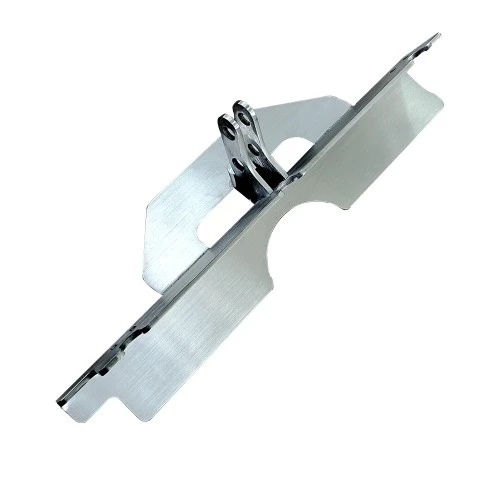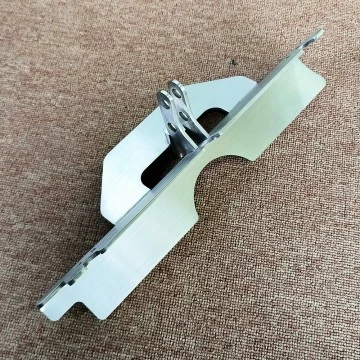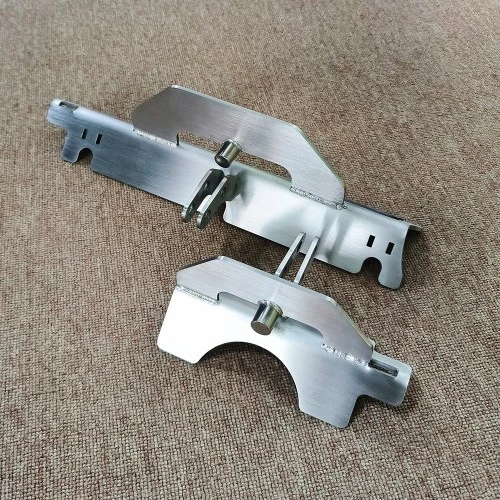





Material: Stainless steel
Surface: Brushing
Customized Size
Main Process: laser cutting, stamping, welding
Customization of stainless steel hardware components through laser cutting, stamping and welding
The surface of stainless steel plates must be cleaned, as any impurities such as oil stains, rust, dust, etc. can affect the welding quality. Organic solvents such as acetone can be used to wipe the surface of stainless steel plates to remove oil stains, and then the welding area can be gently polished with a stainless steel wire brush or sandpaper to remove the oxide film and expose the metallic luster.
First, position the stainless steel plates according to the designed structure, usually using spot welding. A small amount of welding is performed at key connection points to fix the stainless steel plates together. The length of the positioning weld should not be too long, generally around 3-5 millimeters, and the spacing can be between 50-100 millimeters depending on the size and shape of the frame. The purpose of positioning welding is to ensure that the position of the stainless steel plate does not change during the formal welding process.
Welding method selection: For stainless steel plate welding frames, both TIG (tungsten inert gas welding) and MIG (melting inert gas welding) can be used. TIG welding is suitable for thin plates and applications that require high welding quality, and can obtain welds with beautiful appearance and high quality. MIG welding is more suitable for welding thick plates and larger workloads, with a relatively fast welding speed.
Welding parameter adjustment: If TIG welding is used, for stainless steel plates with a thickness of 1-2 millimeters, the welding current can be set at 80-120 amperes and the argon flow rate at 8-10 liters/minute; For stainless steel plates with a thickness of 3-5 millimeters, the welding current can be appropriately increased to 150-200 amperes, and the argon flow rate can be adjusted to 10-12 liters per minute. If it is MIG welding, for thicker stainless steel plates, the wire diameter should be selected as 1.2-1.6 millimeters, the welding current should be around 200-300 amperes according to the wire diameter and plate thickness, the voltage should be 20-30 volts, and the argon flow rate should be 15-20 liters/minute.
Welding sequence: Symmetrical welding is generally used to reduce welding deformation. For example, for a square stainless steel plate welded frame, first weld the two opposite sides, and then weld the other two sides. When welding each side, use a segmented back welding method, that is, weld a distance from one end and then weld from the other end to this end. This can make the welding stress distribution more uniform and reduce deformation.
Weld cleaning: After welding is completed, there may be some oxides and splashes on the surface of the weld. Stainless steel specific wire brushes or grinding wheels can be used to clean the weld seam, remove these impurities, and make the surface of the weld seam smooth.
Surface treatment: If it is necessary to further improve the aesthetic appearance of the stainless steel plate welding frame, surface treatment can be carried out. For example, performing polishing treatment to give the surface of the shelf a mirror effect; Alternatively, wire drawing treatment can be applied to create a regular texture on the surface.






